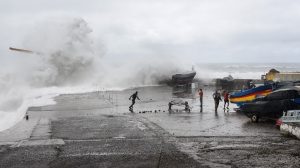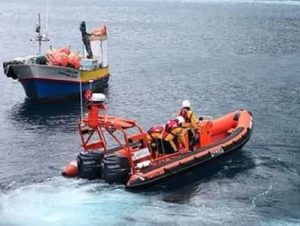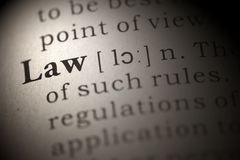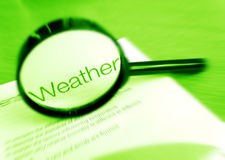Researchers and decision-makers are unanimous in affirming that the measures adopted in the Region are pioneering and guarantee the sustainability of marine natural resources. The diagnosis was made in the second part of the conference “The Sea of Magellan, 500 years later,” promoted by the Mission Structure of the V Centenary of the First Circumnavigation Voyage and by the Legislative Assembly of Madeira. Even so, experts consider that this is an ongoing work, not only to protect species and ecosystems, but also to take advantage of the potential of the sea economy, the blue economy, for the common good.
It was up to Mafalda Freitas, Regional Director for the Sea, to address issues related to the Protection of the Sea.
Scientific research, Ocean literacy and the blue circular economy are vital in the Region’s strategy for the Sea, she began by mentioning. The role of the Sea in history has an impact on the culture, science and economy of Madeira. Mafalda Freitas warns that “it is time to become aware of the immense contribution and value that the Sea has for our future.”
Mafalda Freitas gave special emphasis to the Maritime Space Planning Situation Plan (PSOEM), a national maritime spatial planning instrument that constitutes an essential tool for maritime policy, ensuring the development of the blue economy and the sustainability of the marine environment, as defined by the Marine Strategy Framework Directive and the National Strategy for the Sea.
The PSOEM identifies the spatial and temporal distribution of existing and potential uses and activities, also points out the areas relevant to nature conservation, biodiversity, the values corresponding to underwater cultural heritage and the networks and structures essential for national defense, security domestic and civil protection and combating coastal erosion. This plan allows for the granting of a Title for Private Use of the National Maritime Space and gives greater agility and transparency in the licensing of uses and activities carried out at sea, for commercial and/or research purposes, with emphasis on marine aquaculture and the installation of submarine cables.”
The Regional Director for the Sea also emphasized TUPEM (private use of maritime space bonds), issued for the installation of submarine cables that aim to provide RAM with a high-capacity and reliable cable system, offering secure connectivity that responds to the increased demand from different markets. In economic terms, they foster the competitiveness of Madeira’s blue economy, also constituting a way of maintaining territorial continuity.
Manuel Biscoito, biologist specialising in the environment and researcher of marine fauna, in particular deep-water fish, and Manuel António Marques Madama de Sousa Filipe, President of the Institute of Forests and Nature Conservation of Madeira, addressed the issue of marine protected areas in the Autonomous Region of Madeira.
Manuel Biscoito states that the Marine Protected Areas (AMP), are fully delimited spaces in marine waters with the purpose of reinforcing the conservation of nature and marine biodiversity. They are endowed with specific legislation and the necessary means to fulfill their objective. Created to safeguard species and ecosystems and contribute to the sustainable use of marine natural resources.
Manuel Filipe, Chairman of the Board of Directors of the Institute of Forests and Nature Conservation, highlighted that the Autonomous Region of Madeira has a long tradition of implementing protected marine areas.
The first protected area in Portugal was implemented in the Selvagens Islands in 1971, and included, in addition to a land area, a marine area, with the main objective of preserving seabirds, especially the shearwater. Currently, 89% of the territorial sea of Madeira has a protection statute existing, a policy of the Regional Government of Madeira that intends to “protect its territorial sea,” allowing the use of this space, but defining in its own regulations explained in the existing Management Plans, rules and conditions for each of these uses.
The President of the Board of Directors of the Institute of Forests and Nature Conservation argues that “the recent protected areas created by the Regional Government of Madeira in Cabo Girão, still in the creation phase, in the protected area of Ponta do Pargo were based on a new concept : Sea and Land. “Thus, in the same protected area we have the Marine Park that corresponds to the marine area of the sea, the Protected Landscape that corresponds to the area that is worked and farmed, corresponding to the humanized terrestrial area, and also the natural monument that corresponds to the terrestrial area with geological interest, and that have not been humanised.”
Samantha Gannon
info at madeira-weekly.com
Photo: JM





